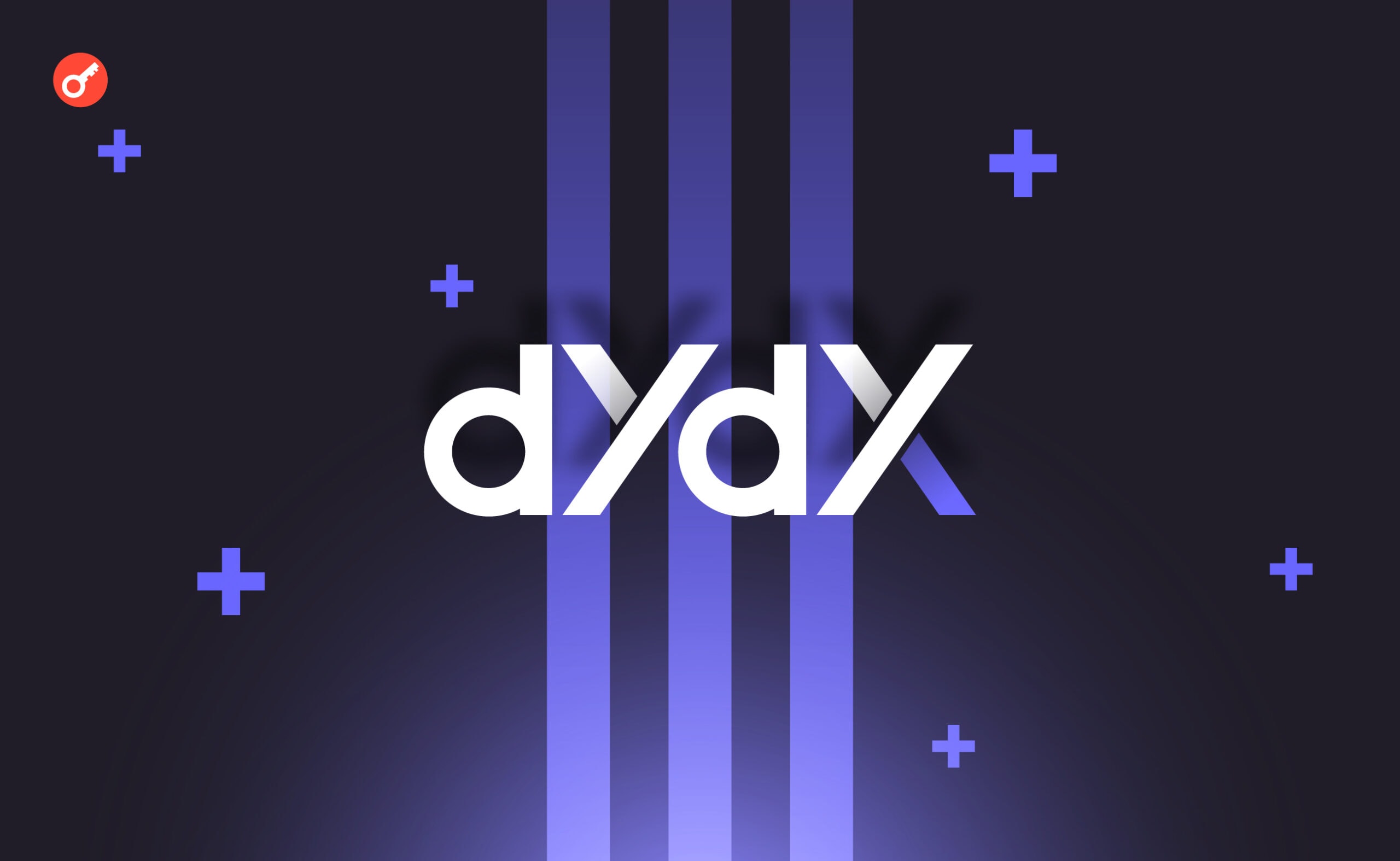Effective Credit Utilization in Vibe Coding Tools and Rate-Limited Platforms
When vibe coding tools first appeared, they made waves by offering users unlimited queries and utilities. For instance, Kiro initially allowed complete, unrestricted access to its features. However, this model quickly proved untenable. Companies responded by introducing rate limits and tiered subscriptions. Kiro's shift from unlimited queries to structured usage plans is a prime example, with many other tools following suit to ensure long-term business viability.
\ The core reason behind these changes is straightforward: each user query triggers a large language model (LLM) on the backend, and processing these queries consumes a substantial number of tokens - translating into rapid credit depletion and increased costs for the company. With the arrival of daily limits, users may find that just four or five queries can exhaust their allocation, as intensive backend processing uses up far more resources than anticipated.
\ Here is a simple illustration of the original, unlimited workflow versus the current, rate-limited approach:
Original Model (Unlimited Access) User Query | v [LLM Backend] | v Unlimited Output -------------------------------------------------------------- Current Model (Rate-Limited) User Query | v [LLM Backend] | v [Tokens Used -- Credits Reduced] | v Output (Limit Reached After Few Queries)
\ This situation is less than ideal. Not only does it negatively impact the user experience, but it can also lead to unexpected costs. Many users, especially those working on critical projects, are compelled to purchase extra credits to complete their tasks. Over time, such friction might result in users unsubscribing from the tool.
\ To address this, I believe there is an intelligent solution: whenever a user submits a query, the LLM should first run a brief internal check and provide a meta-response. This response would not only estimate the credits likely to be consumed but also offer alternative prompt suggestions that reduce token usage without compromising on results. The user then has the choice to proceed with the original prompt or opt for a more credit-efficient alternative.
\ Here’s how this proposed meta-response approach could look in practice:
User Query | v [LLM Internal Check] | +-----------------------------+ | | v v [Meta-Response: Usage Estimate] [Prompt Alternatives] | v User Chooses: Original or Efficient Prompt | v Final LLM Output (Predicted Credit Usage)
\ To further enhance the system, several additional and distinct methods can be implemented:
-
Historical Analytics: Offer users the ability to review and analyze trends in their past token consumption, which helps them to improve their prompt strategies and make informed decisions over time.
\
+------------------------+ | User Dashboard | +------------------------+ | Date | Tokens | |------------|-----------| | 22-Oct-25 | 580 | | 21-Oct-25 | 430 | | ... | ... | +------------------------+
\
-
“Lite” Output Mode: Introduce a mode that provides concise, minimalist responses when elaborate detail is not required, allowing users to consciously save on credits for simpler queries.
\
User selects "Lite Mode" | v [LLM Generates Short Output] | v Minimal Credits Used
\
- Batch Query Management: Allow users to preview and approve the estimated credit cost before executing a group of queries, ensuring greater financial control and transparency.
\
User prepares batch of queries | v [Show total estimated credit cost] | User Approves/Edits Batch | v All Queries Executed with Transparency
\ By combining these solutions with the core meta-response approach, both users and tool providers stand to benefit. Users gain visibility and agency over their credit consumption, while platforms can identify and optimize high-resource scenarios, enhancing sustainability.
Summary
+------------------------------------------------------------+ | Effective Credit Utilisation in Vibe Coding Tools | | & Rate-Limited Platforms | +------------------------------------------------------------+ | ---------------------------------------------------- | | | | | Unlimited Rate-Limited Token Burn Negative Smart Solution: Launch Models (Few Queries) Experience Meta-Response | | | | | +-----------+-----------+------------+-------------+ | Meta-Response Approach | +-----------------------------------------------+ | | Internal Check before Full Query Suggests Efficient | Prompt Alternatives Usage Estimate (Credits to Burn) | | Options to Reduce Token Use User Presented Meta-Answer Upfront | | User Chooses: Original or User Chooses: Original Prompt or Efficient Prompt Efficient Alternative | | | LLM Processes Final Choice Transparent Credit Consumption | ----------------------------------------------------------------- | | | Historical Analytics "Lite" Output Mode Batch Query Management | | | User Insights Save Credits on Preview & Approve Simple Queries Credit Cost for Batches | ---------------------------------- | | Win-Win Outcome: Sustainable Model, Transparent User Journey Business Trust
\ In the long run, such measures foster trust, loyalty, and a vastly improved user experience, all while ensuring that the business model remains robust and future-ready.
If you have any questions, please feel free to send me an email. You can also contact me via LinkedIn. You can also follow me on X
You May Also Like

Community calls on dYdX Foundation to restore $25 million migration bridge due to blocked tokens

AI Labs: Mercor’s Bold Strategy Unlocks Priceless Industry Data
